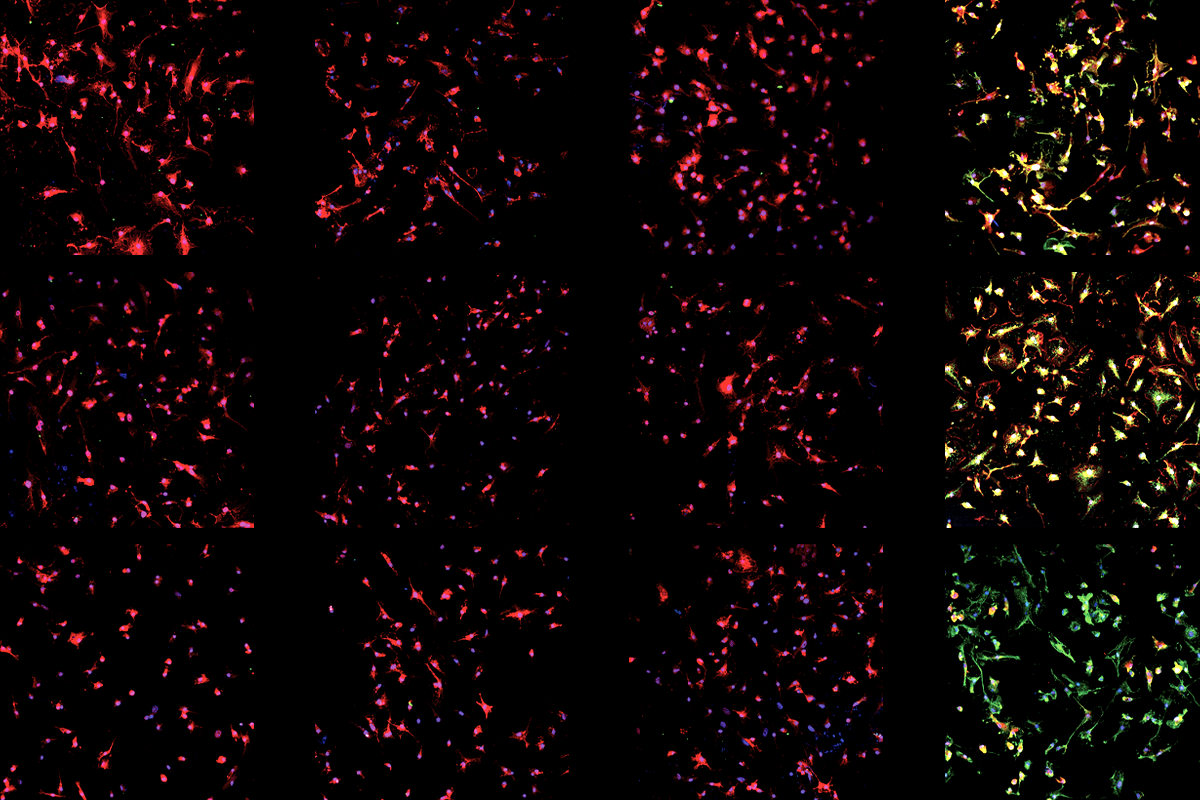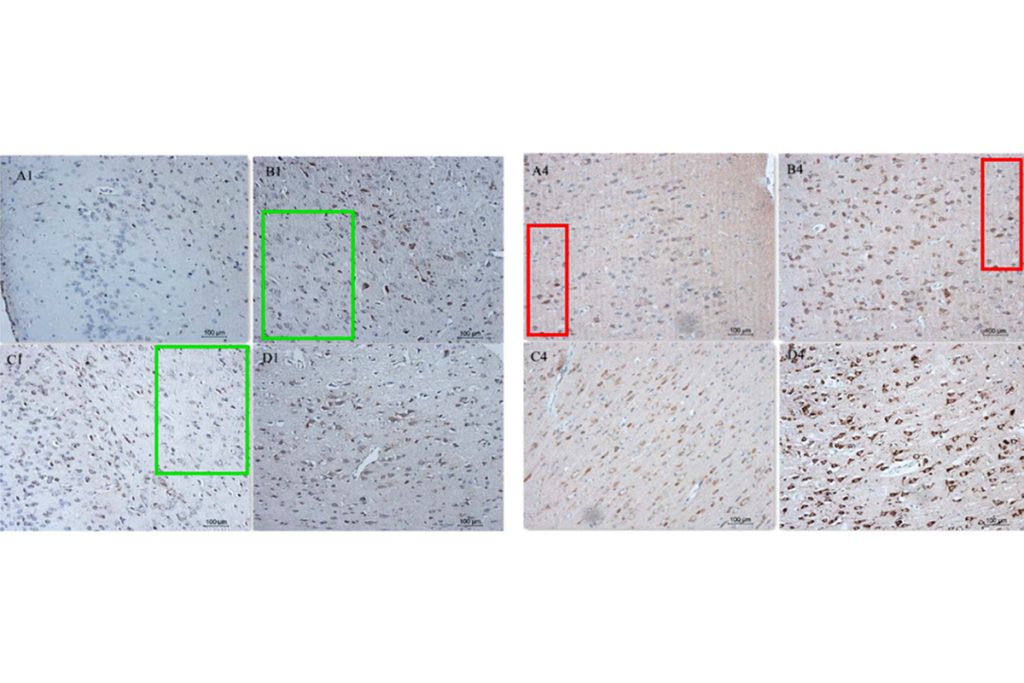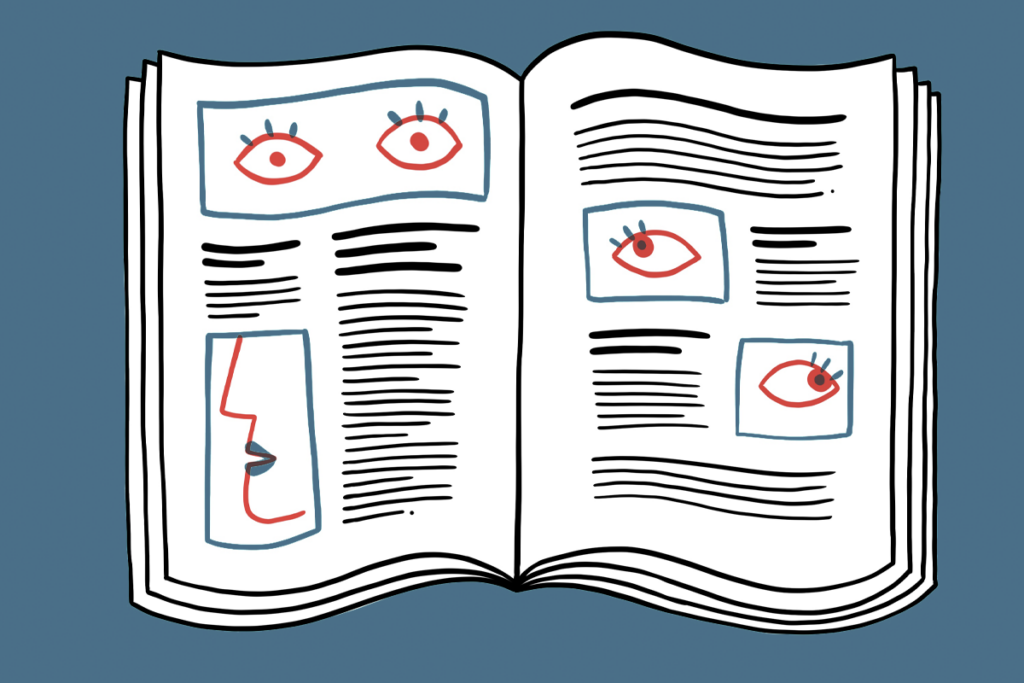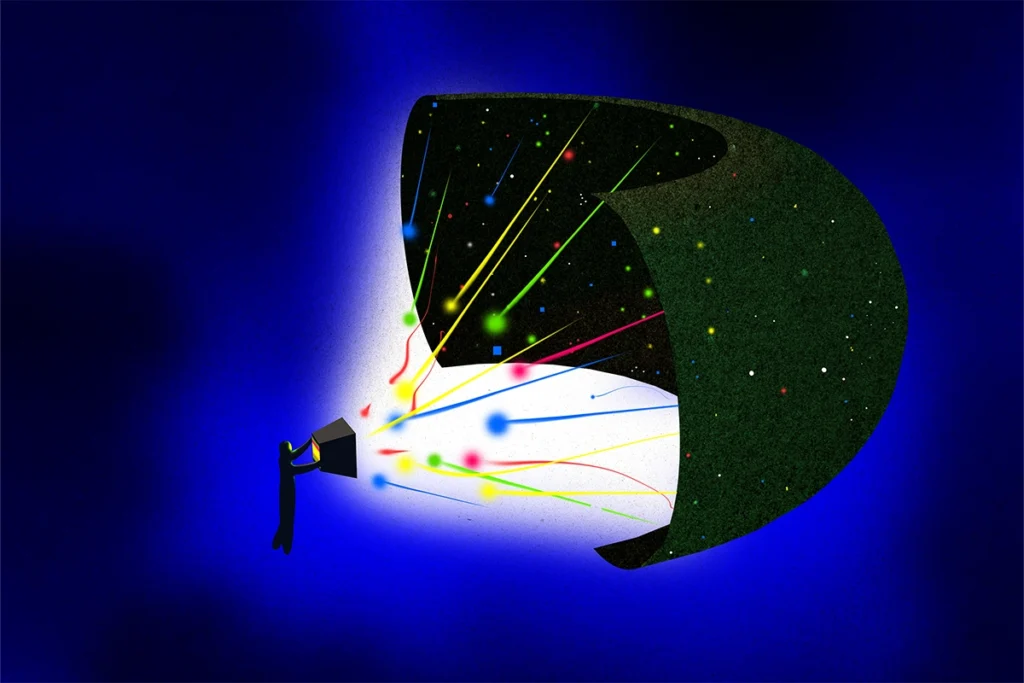A 2021 Neuron paper challenging work that described how microglia convert to neurons was corrected earlier this month because of “obvious errors” in supplementary figures, according to an author of the study.
The paper, led by Bo Peng, professor at the Institute for Translational Brain Research at Fudan University, was published as a Matters Arising article in response to a 2019 Neuron study that found the transcription factor NeuroD1 can convert microglia into neurons in mice. In-vivo glia-to-neuron conversion is a controversial idea in the field of developmental neuroscience and has been investigated for neuron regeneration in conditions such as retina damage, stroke and Parkinson’s disease.
The paper claims NeuroD1 induces microglial apoptosis, not conversion to neurons, and it has been cited 74 times, according to Clarivate’s Web of Science.
“We regret that, owing to insufficient rigor, several images in the supplementary figures contained obvious errors,” Yanxia Rao assistant professor of neurology at Fudan University and first author on the paper, wrote to The Transmitter via email.
Three supplementary figures in the paper, S3B, S2B and S5B, had issues with microscopy images, according to the 4 June 2025 correction notice. Two images appear to have overlapping fields of view in Figure S3B, and a “similar issue” occurred in S2B, the authors say in the notice, but they add that the images were not cropped from the same image. Rather, “the images were acquired from separate fluorescence channels of different confocal images and are not reused images,” the notice continues.
In Figure S2B, one image was “mistakenly placed under” an incorrect heading during figure assembly. This is also what happened with Figure S5B, the authors say in their correction.
But Rao stands by the overall results and told The Transmitter she has another paper she is submitting for publication, in which the “results robustly confirm that NeuroD1-overexpressing microglia do not transdifferentiate into neurons.”
Seth Blackshaw, professor of neuroscience at Johns Hopkins University School of Medicine, who was not involved in the studies, says the error does not fundamentally change the paper. “I don’t think it necessarily invalidates the conclusion,” he says, and the “original claim [in the 2019 paper] was very improbable to begin with.” Blackshaw himself has challenged the idea of astrocyte-to-neuron conversion induced by PTBP1 deletion, publishing a 2023 Matters Arising article in response to a 2020 Nature paper.
A potential issue with the 2021 Neuron paper first surfaced in a PubPeer thread in December 2021. An anonymous commenter wrote that “the authors did not show a single positive image that their NeuroD1 virus actually infects microglia.” Rao and Peng replied to the thread the same month, though that comment was not directed at the image errors that spurred the correction. They organized their own “academic integrity review” of their papers and discovered the issue with the figures, Rao wrote in her email to The Transmitter.
Taito Matsuda, associate professor of biological science at Nara Institute of Science and Technology, who led the original NeuroD1 microglia-to-neuron conversion study, still agrees with his findings, he wrote in an email to The Transmitter. He respects the “effort to clarify the figures” in the 2021 paper, he wrote, adding that the correction “does highlight the importance of rigor and clarity, especially when using such data to question prior work.”






